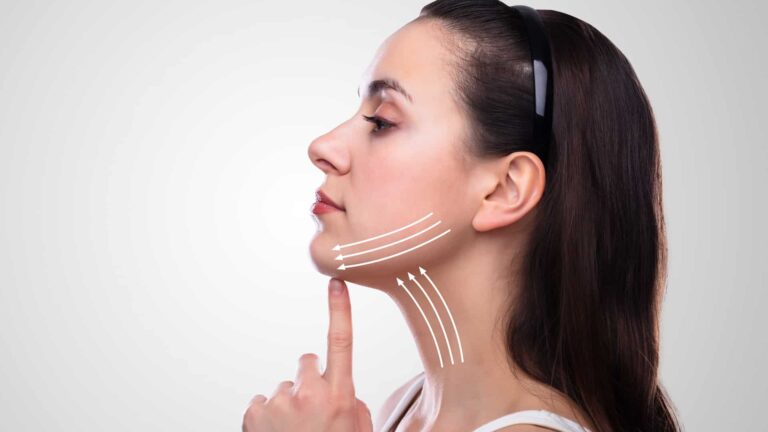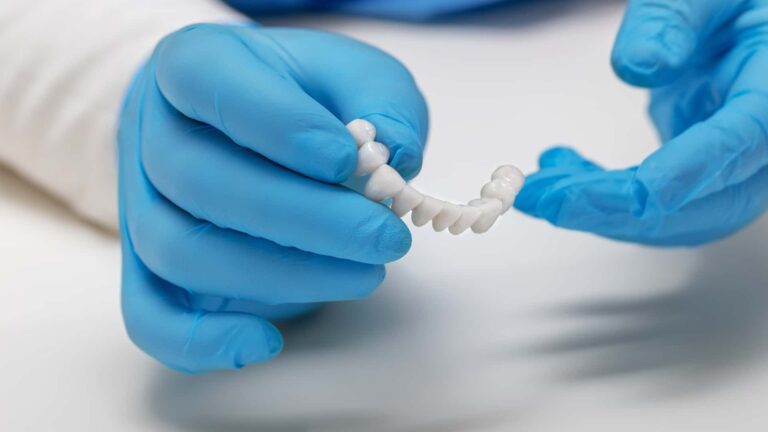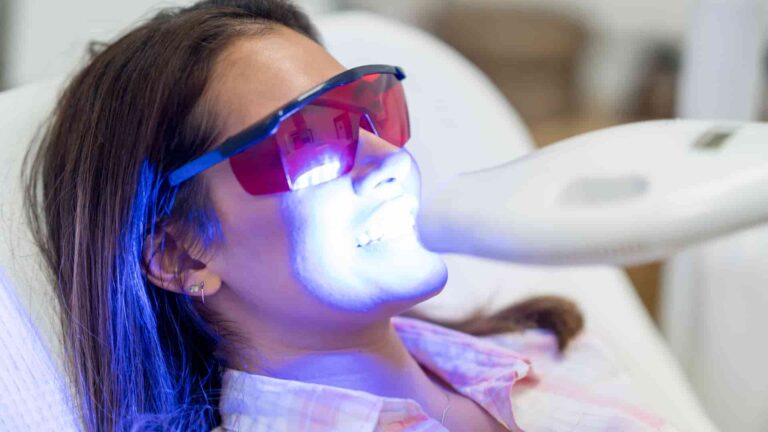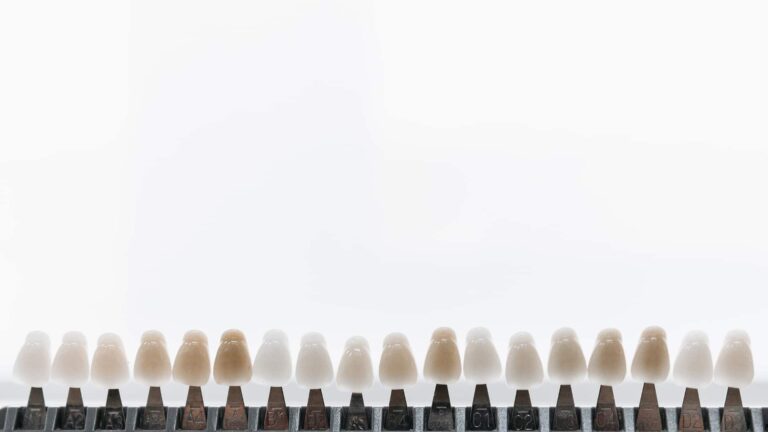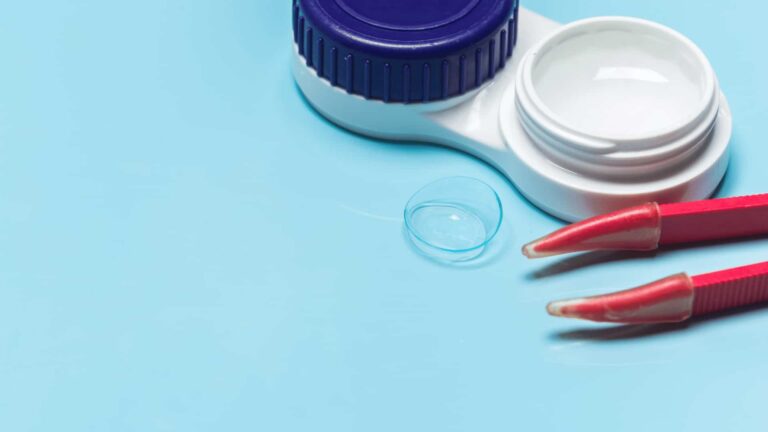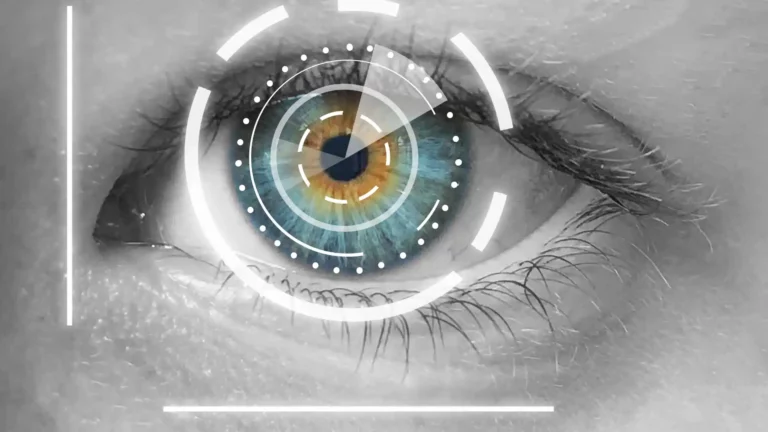Introduction
Welcome to the comprehensive guide on Teeth Whitening, a transformative and popular cosmetic dental procedure that enhances smiles by brightening teeth. In this exploration, we will delve into the purpose, procedures, types, and considerations associated with teeth whitening, offering valuable insights for those seeking a brighter and more confident smile.
Understanding Teeth Whitening
Defining Teeth Whitening
Teeth Whitening is a cosmetic dental procedure designed to lighten the color of teeth, removing stains and discoloration. This non-invasive treatment is an effective way to enhance the overall appearance of one’s smile.
Key Objectives
1. Brightening and Enhancing
The primary objective of teeth whitening is to brighten the shade of natural teeth, enhancing the overall aesthetics of the smile.
2. Removing Stains
Teeth whitening targets extrinsic stains caused by factors like coffee, tea, wine, and tobacco, as well as intrinsic discoloration due to aging or certain medications.
Types of Teeth Whitening
In-Office Teeth Whitening
Performed in a dental office, in-office teeth whitening involves the application of a high-concentration whitening gel to the teeth, often activated by a specialized light. This yields immediate and noticeable results.
At-Home Teeth Whitening
At-home teeth whitening involves the use of custom-fitted trays and a lower concentration whitening gel. Patients can perform this treatment at their convenience, following the dentist’s instructions.
Over-the-Counter Products
Commercially available whitening toothpaste, strips, and gels offer a more accessible but less concentrated option for at-home teeth whitening. Results may vary based on the product and usage.
The Teeth Whitening Process
Professional Consultation
The journey to a brighter smile begins with a professional consultation with a dentist. During this visit, the dentist assesses the patient’s oral health, discusses expectations, and recommends an appropriate whitening method.
In-Office Whitening Procedure
1. Preparing and Protecting
Before the whitening process, the dentist ensures that the gums and soft tissues are protected. A barrier or dental dam is applied to prevent the whitening gel from coming into contact with sensitive areas.
2. Applying the Whitening Gel
A high-concentration whitening gel is carefully applied to the teeth. In some cases, a specialized light may be used to enhance the gel’s effectiveness.
3. Monitoring and Reapplication
The whitening process is closely monitored, and additional applications may be performed until the desired level of whiteness is achieved.
At-Home Whitening Procedure
1. Custom Tray Creation
For at-home whitening, the dentist creates custom-fitted trays based on impressions of the patient’s teeth.
2. Gel Application
Patients apply the prescribed whitening gel to the trays and wear them for a specified duration each day. The process continues until the desired results are achieved.
Considerations and Aftercare
Sensitivity Management
Teeth sensitivity may occur during or after the whitening process. Dentists may recommend desensitizing toothpaste or adjustments in the whitening regimen to manage sensitivity.
Stain Prevention
After teeth whitening, avoiding or minimizing consumption of stain-causing substances can help prolong the results. Regular dental hygiene practices are crucial for maintaining oral health.
Choosing the Right Teeth Whitening Provider
Professional Credentials
Selecting a dentist with expertise in cosmetic dentistry and teeth whitening ensures a safe and effective treatment.
Patient Reviews
Exploring patient reviews and before-and-after photos provides insights into the dentist’s skill and patient satisfaction with teeth whitening procedures.
Conclusion
In conclusion, teeth whitening is a transformative cosmetic procedure that can significantly enhance one’s smile and confidence. Understanding the types, procedures, and considerations, along with choosing a qualified dentist, ensures a successful and radiant teeth whitening experience.









